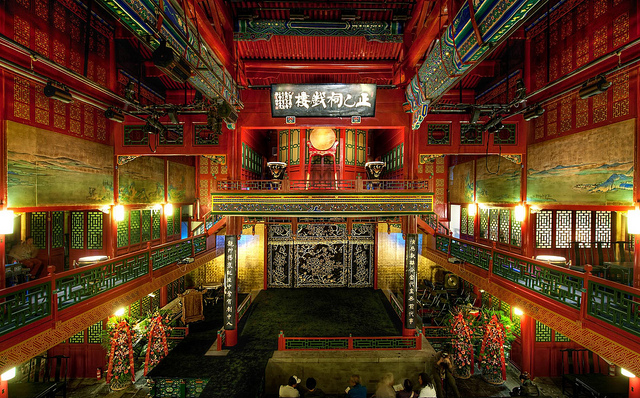According to Chinese history, Peking Opera came into being in 1790 when four different opera troupes from the field of Anhui came to Beijing to perform on the Emperor’s 80th birthday. Soon after that, some other theater firms from the area of Hubei followed.
Over several years, Peking Opera was formed by combining different music as well as performing methods. It became a very prominent form of performance art in Chinese culture and is the largest form of Chinese opera.
Essentially, Peking Opera has never been an exclusive form of art for the privileged members of society. From the initial stage, it has been enjoyed both by imperial court and common individuals, with its audiences coming from all the social classes.
By the end of the 19th century, Peking Opera became one of the most acclaimed opera forms in China. Various new structures were discovered for handling theaters and Peking Opera firms. Initially, Peking Opera was performed in a xiyuanzi signifying ‘tea courtyard’. Prior to this, people used to sit on benches facing each other and customers had to pay only for the tea and not for the shows.
While performing, actors utilise several other tools and objects (for example, trays, whips, boxes and weapons). As a good Peking Opera performer has to master so many skills, training can be very challenging.






You must be logged in to post a comment.